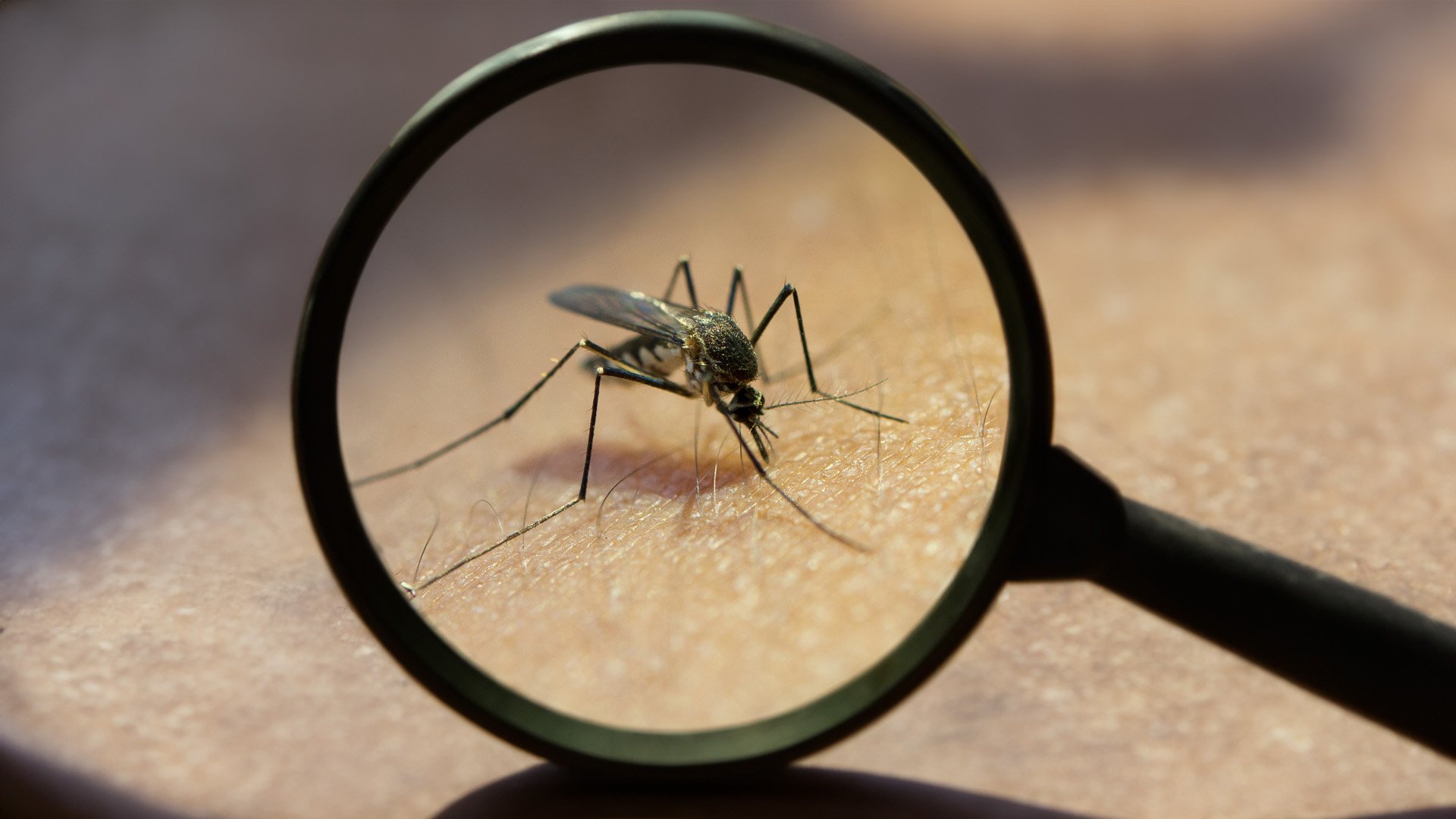In a significant scientific advance, researchers have identified a precise genetic alteration in mosquitoes that could drastically reduce their ability to transmit malaria. This tiny tweak—just a single amino acid change in the FREP1 gene—disrupts the Plasmodium parasite’s journey from the mosquito’s gut to its salivary glands, where it is normally injected into humans via bites. The researchers used CRISPR technology to create a version of the Anopheles stephensi mosquito with the altered gene. The genetically edited mosquitoes showed a median of zero parasites in their salivary glands, compared with thousands in non-edited ones, while remaining otherwise healthy.
This gene, FREP1, plays a key role in helping mosquitoes digest blood, but it also appears crucial for the parasite’s development. By disrupting this process, the edited mosquitoes exhibited about five times fewer infective parasites in their bodies. This is not just a laboratory feat; it opens the door to future field applications where mosquitoes might be bred with this resistance and released to lower disease transmission.
Gene Drive: An Inheritance Shortcut
The next phase of the study demonstrated the use of a gene drive, a powerful genetic tool that allows scientists to bypass normal inheritance patterns. Instead of passing a gene to only 50% of offspring, the gene drive ensures it is inherited by nearly all of them. Within just ten generations, the altered gene spread to more than 90% of a lab population. This rapid adoption suggests the potential for widespread distribution in the wild—if ethical, ecological, and regulatory concerns can be addressed.
Scientists are particularly interested in this method because it doesn’t introduce an entirely foreign gene. The FREP1 mutation already exists naturally in some mosquitoes. This could ease resistance from communities or governments wary of genetic manipulation. One expert pointed out that this naturally occurring modification might make the approach “marginally more acceptable” in public debates about gene editing.
Still, the approach is not without criticism. Environmental groups argue that gene drives could have far-reaching effects on ecosystems. The concern lies in the possibility of unintended mutations spreading through wild populations and disrupting biodiversity, such as food chains involving birds and bats that feed on mosquitoes. Thus, regulatory oversight and ecological modeling are crucial next steps.
A New Weapon Against a Persistent Killer
Each year, malaria affects more than 260 million people and claims over 600,000 lives. Traditional tools—like bed nets and medication—have not eradicated the disease. Gene-editing technologies like the one just demonstrated provide an innovative method for controlling the disease at its source. Instead of targeting humans or even the mosquito population as a whole, this technique focuses specifically on making the parasite’s development impossible.
While scientists caution that real-world applications remain years away, they are hopeful. Field trials would require coordination with local governments, support from international organizations, and strong community engagement. The goal is to create a mosquito population that spreads this resistance naturally, without requiring constant human intervention.
Alternate approaches also remain under investigation. Some research groups are trying to suppress mosquito populations by rendering them infertile, while others aim to insert genes that directly attack the Plasmodium parasite. What sets this FREP1 modification apart is that it disables the parasite’s lifecycle without harming the mosquito’s basic functions, preserving its ecological role.
With rising resistance to insecticides and antimalarial drugs, tools like gene editing offer a hopeful new chapter in the fight against malaria. Scientists emphasize the importance of having diverse strategies ready, in case the parasite evolves to evade even the most advanced genetic interventions. For now, this small tweak represents a giant leap in the war against a centuries-old disease.



